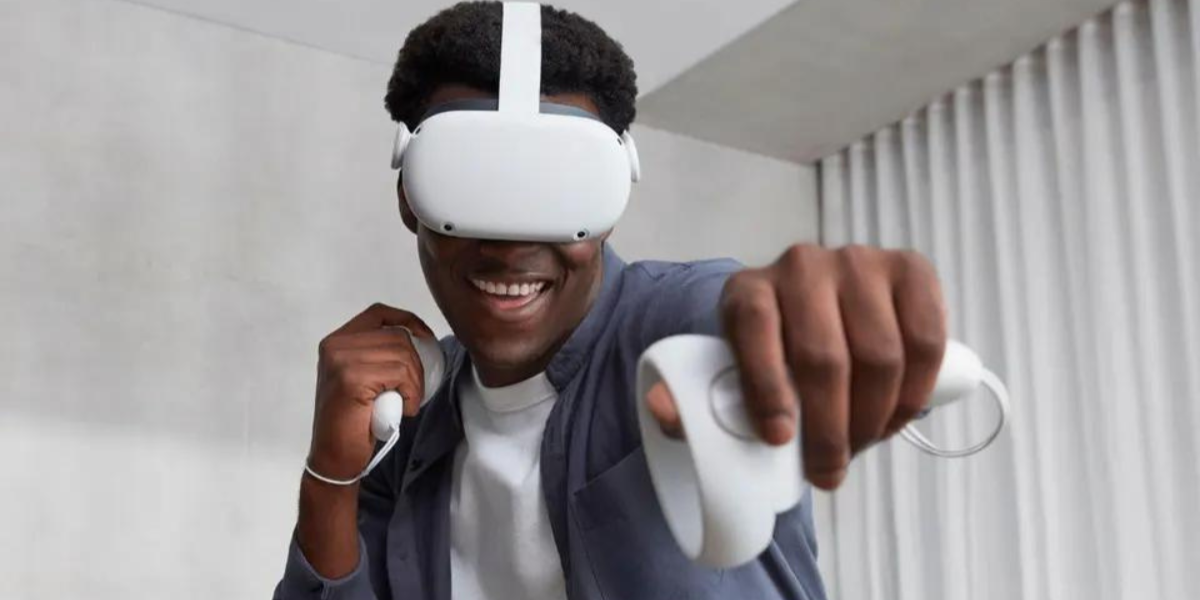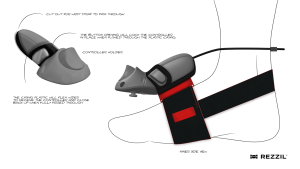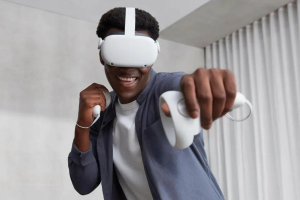
The allure of virtual reality (VR) isn't just in the stunning visuals or the captivating narratives, but also in how authentically one can interact with these alternate realms. Central to this immersive experience are VR controller holders, which have evolved significantly alongside VR technology itself. Let’s delve into how these crucial accessories have transformed, from their initial designs to present-day innovations and what the future might hold.
In the nascent stages of VR, the first-generation controllers and their holders were rudimentary at best. These early models were often clunky, reflecting the limitations of technology at the time.
Users frequently grappled with issues like poor ergonomics and limited compatibility across different VR systems. Noteworthy examples from this era, such as the prototype holders developed for the Oculus Rift, highlight significant milestones, and reflect the experimental spirit of early VR technology.
Fast forward to today, and VR controller holders have seen leaps in terms of design and functionality. Modern holders are crafted from advanced materials that offer both comfort and durability, ensuring that users can engage with VR for longer periods without discomfort.
Innovations such as haptic feedback have been game-changers, providing tactile responses that enhance the realism of virtual environments.
Integration with other VR accessories has also improved, creating a more cohesive user experience. Popular models like the HTC Vive's adjustable holders exemplify the community's positive reception to these advancements, showcasing a blend of sophisticated design and user-focused features.
Recent projects such as the 4D’s custom VR controller adapter for Rezzil, a VR training and analysis platform, showcase the precision and customisation now possible in VR controller design. This adapter was specifically tailored to enhance training modules by improving grip and control, demonstrating how bespoke solutions can evolve from user-specific needs.

Comparatively, the Oculus Touch controllers introduced capacitive touch sensors and a more ergonomic design than their predecessors, which allowed for natural gestures and hand poses in VR. This evolution from the first-generation controllers shows significant strides in both comfort and technological sophistication.
Today’s VR controller holders are a testament to the power of technological integration and user-centred design. Features like motion sensors enhance the accuracy of VR interactions, while innovations such as adjustable grips cater to a diverse range of hand sizes, ensuring inclusivity.
Wireless charging capabilities have also become more common, addressing user demands for greater convenience.
User feedback has been instrumental in this evolution, guiding manufacturers to refine their designs to better meet the needs of VR enthusiasts. This collaborative approach between users and developers highlights a dynamic where consumer insights directly influence technological advancements.
Launched in December 2016, Oculus Touch controllers were a significant advancement in VR technology, introducing hand presence with realistic precision and intuitive interaction.
Featured capacitive sensors that detected finger positions, allowing for natural gestures and actions, which significantly enhanced the immersive experience.
Revolutionised VR interaction, making it more fluid and intuitive, thus greatly improving user engagement and satisfaction.

Released in June 2019, these controllers, also known as "Knuckles," offered individual finger tracking which was a groundbreaking feature at the time.
Allowed for pressure-sensitive inputs and a wide range of motion, enabling more complex and nuanced interactions within VR environments.
Set a new standard for VR controllers by offering unprecedented control and interaction capabilities, pushing forward the development of VR applications beyond gaming into more professional and educational uses.
The future of VR controller holders looks bright with emerging technologies such as lightweight composite materials and potentially self-cleaning surfaces due to advancements in nanotechnology.
Moreover, the integration of OLED touchscreens on controllers could offer customisable interfaces, enhancing interactivity without needing to remove the VR headset.
Regulatory and safety considerations are also shaping the design and functionality of VR controllers, ensuring that products meet stringent standards that protect users while providing robust performance.
The VR market, particularly in the UK, has shown a growing interest in advanced VR technologies, with sales trends indicating a robust adoption of devices offering enhanced ergonomic features and integrated technologies.
These trends not only highlight the consumer's evolving preference but also underscore the global shift towards more immersive and user-friendly VR experiences.
From their humble beginnings to the sophisticated devices of today, VR controller holders have come a long way. The journey has been marked by significant technological breakthroughs that have not only enhanced the functionality of VR systems but have also made them more accessible and enjoyable for users around the world.
As we look to the future, the continuous innovation in this field will undoubtedly play a pivotal role in shaping the next generation of virtual reality experiences, promising even greater immersion and connectivity in the digital worlds we choose to explore.
[wp-faq-schema accordion=1]